- Overview
- Types
- Symptoms
- Causes & Risks
- Tests & Diagnosis
- Treatment
- Living With
- Mobility & Assistive Devices
- Complications
- Caregiving & Support
- Appointment Prep
- View Full Guide
Mobility Tools to Consider With MS, From Hiking Poles to Orthoses



Mobility Tools for Multiple Sclerosis
If you have multiple sclerosis, your range of mobility can change daily, or even hourly, depending on your symptoms. Fatigue, muscle weakness, and balance problems can raise your risks of falling, but you can maintain your independence and sense of safety by exploring mobility enhancing options such as hiking poles, robotic arms, orthoses, and more.
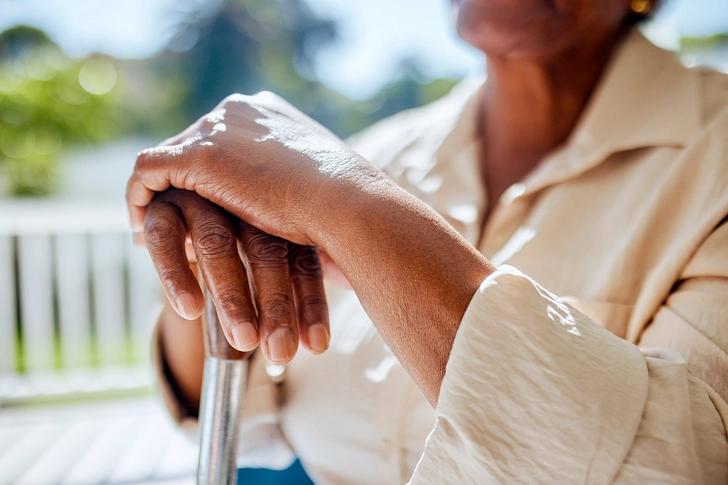
Cane
Canes widen and increase your points of support on the ground so you’re more stable as you walk. You can get a cane with a single-point contact on the floor or multipoint contact for even greater sturdiness. Walking sticks or hiking poles work in a similar way, but typically come in pairs -- one for each arm. Benefits of canes and walking sticks include portability (some fold up or collapse so you can stow them away), low cost, and light weight for easy carrying.
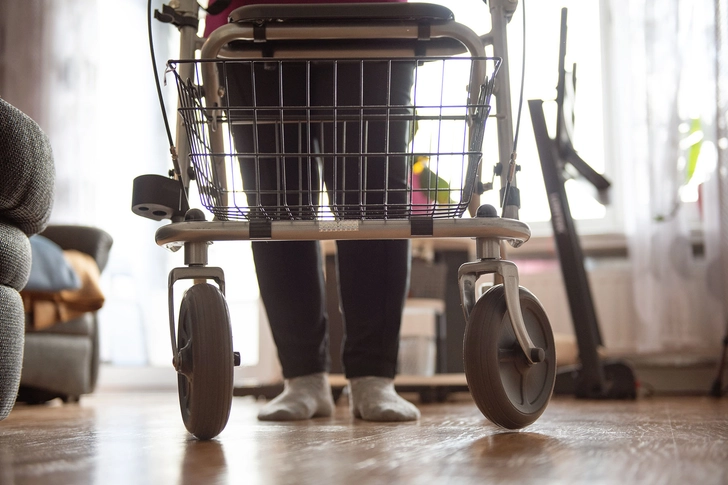
Rollator
A rollator is a walker with wheels on the bottom. A rollator acts as a brace for your balance and weight as you move forward. Some rollators feature a ledge that functions as a chair. You can turn around and sit on the chair when you need a rest. Other features may include baskets or cup holders so you can tote your belongings while leaving your hands free to grasp the handles. Rollators fold up so you can put them in the trunk of a car or a closet.

Forearm Crutches
Unlike underarm crutches you typically see for temporary injuries like a broken leg, forearm crutches place your body weight on your hands and forearm. They’re more comfortable for use in the long term. Crutches are another way to give you more points of support with the ground as you move, making you more stable and reducing your risk of falls. Forearm crutches are usually made of lightweight aluminum or carbon fiber so that they’re strong but also easy to lift.
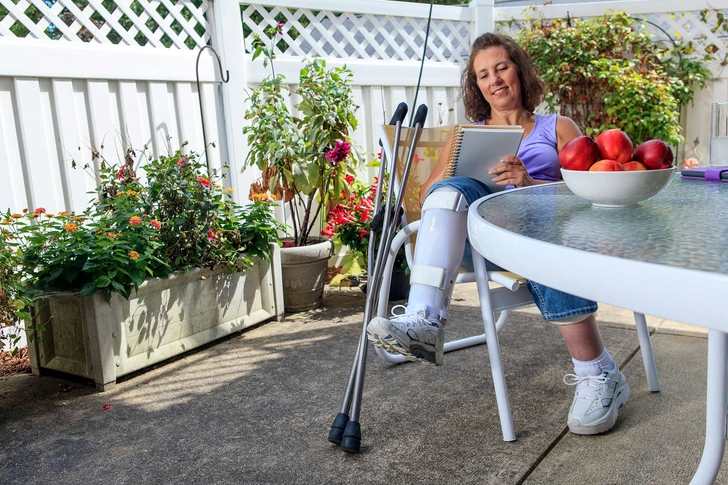
Orthotic Devices
Orthotic devices -- such as orthoses, braces, splints, or ankle foot orthoses (AFO) -- are devices you wear on your feet, ankles, or knees. They support specific parts of your body so they can move more efficiently and safer. AFOs are especially helpful for stabilizing your foot and ankle and preventing foot drop, which can cause tripping. Braces can help keep your knees from hyperextending or buckling. Your gait may also improve, which can help reduce overall fatigue.
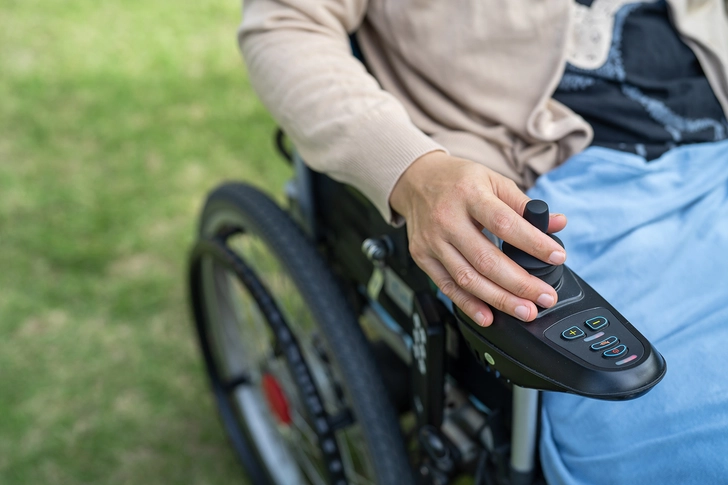
Motorized Scooter
If you’re able to sit down and stand up from a chair, have enough strength in your arms to steer, and have good control of your trunk, a motorized scooter may be a great option for you to prevent fatigue and improve your quality of life. By using less energy to get around, you’re able to do more than you could before, such as go grocery shopping, attend a street fair, or simply be at social events longer. Usually you can disassemble scooters for storage and transportation.
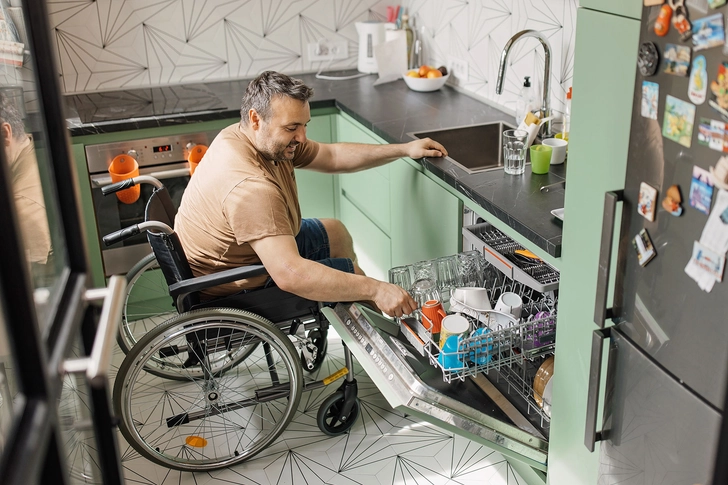
Wheelchairs
If you have nonrelapsing secondary progressive multiple sclerosis (nrSPMS), your symptoms will worsen, and you may need a wheelchair over time. There are several different types of wheelchairs, including manual, manual with attachable devices that propel them (pushrim-activated power-assist wheelchair, or PAPAW), and power (electric) wheelchairs. Manual wheelchairs require the most arm strength to move. Power (electric) wheelchairs take far less effort to move than a manual wheelchair, but they’re much bigger and more expensive. Certain Medicare plans and various organizations such as the Wheelchair Foundation provide assistance with the cost of wheelchairs.
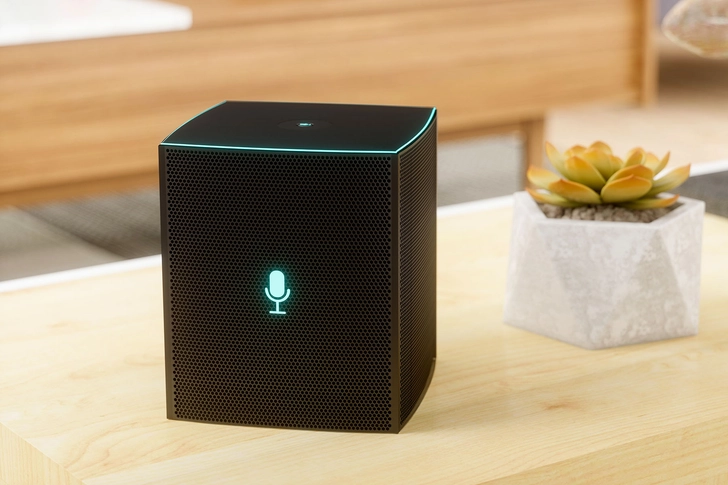
Voice- or Motion-Activated Systems
Another way to support your independence when you have mobility challenges is to use devices or systems that reduce the amount of effort you use each day. For example, smart home systems that turn on lights, electronics, or operate door locks reduce your need to move around for basic daily tasks. Motion-triggered lights and dispensers also lessen the energy required of you throughout your day.
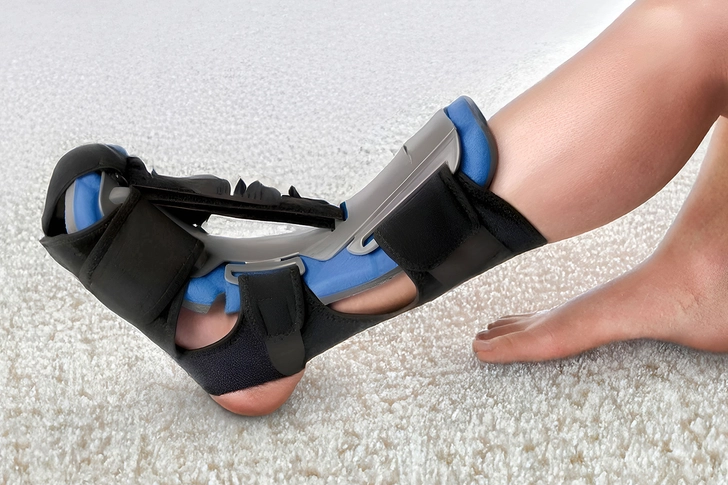
Dorsiflexion Assist Device
One specific type of AFO is a dorsiflexion assist device. These aids work especially well if you’re struggling with dragging feet but don’t have complete footdrop. You wear an elastic strap around your ankle and it attaches to the front of your shoe with an elastic strap. The strap lifts the front of your toes as you take a step. Unlike other AFOs that hold your foot at a specific angle, a dorsiflexion assist device allows you more motion in your foot and ankle.
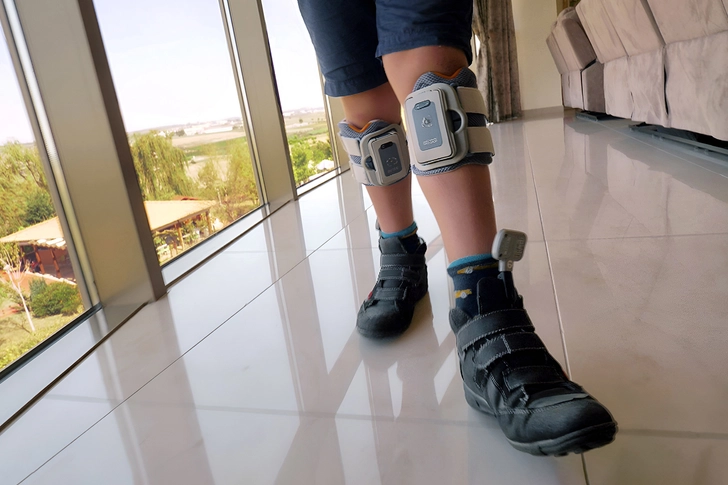
Functional Electrical Stimulation (FES)
These are small, battery-operated devices mounted on a band that you attach to your leg below your knee. They send low-level electrical pulses to a specific nerve in your leg. This nerve tells your leg muscles to lift your foot. FES is especially helpful if you deal with foot drop. Wearing one can help you walk for longer distances before you get tired.
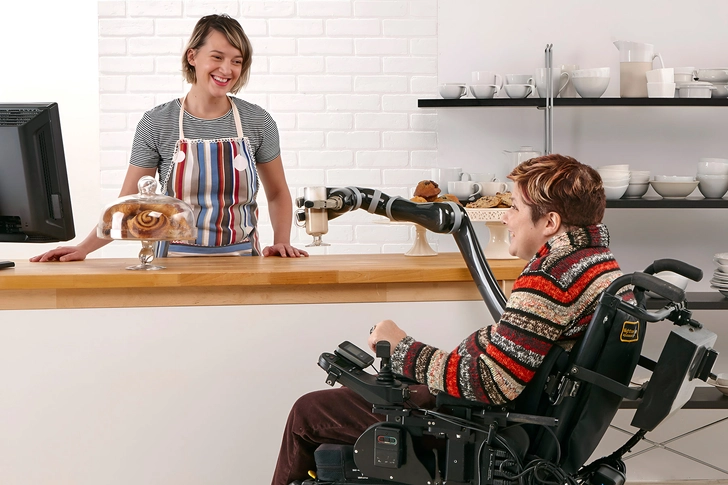
Robotic Arms
A robotic arm is a device you can mount to a power wheelchair that essentially acts like your arm for you. It can reach forward, grasp, and lift items to help you with daily activities such as feeding yourself, pressing switches, and operating a computer. You’ll also see them called assistive robotic manipulators (ARM). You tell the arm what to do with a small joystick near your hand.
IMAGES PROVIDED BY:
1) iStock/Getty Images
2) Moment/Getty Images
3) Moment/Getty Images
4) iStock/Getty Images
5) DisabilityImages/Getty Images
6) iStock/Getty Images
7) E+/Getty Images
8) iStock/Getty Images
9) DJO Global
10) Creatas Video+/Getty Images
11) Kinova Robotics
SOURCES:
Can Do Multiple Sclerosis: “Which Mobility Aid is Right for Me?”
National Multiple Sclerosis Society: “Orthotics for Walking Difficulties With MS,” “How to Choose a Mobility Device That is Right For You,” “A Look Into Rehabilitation Tools for Progressive MS.”
MS Society: “Wheelchairs and Scooters.”